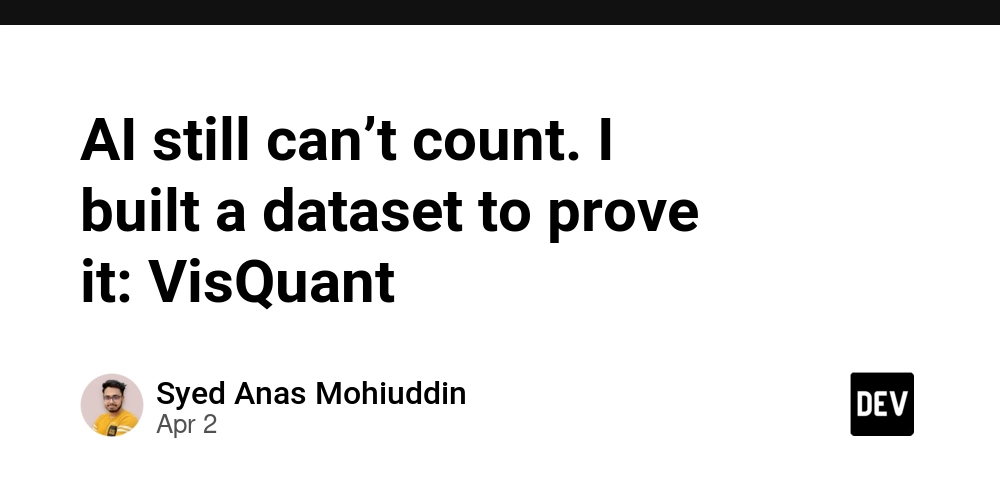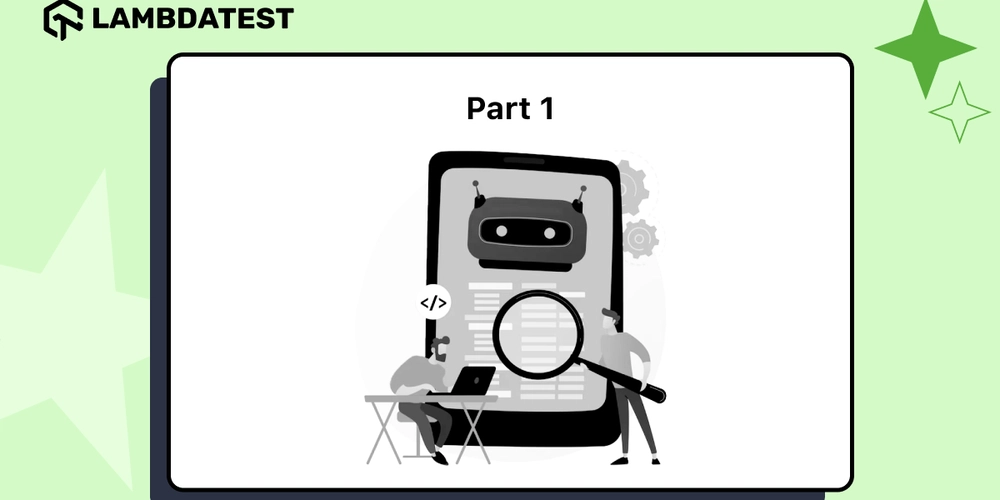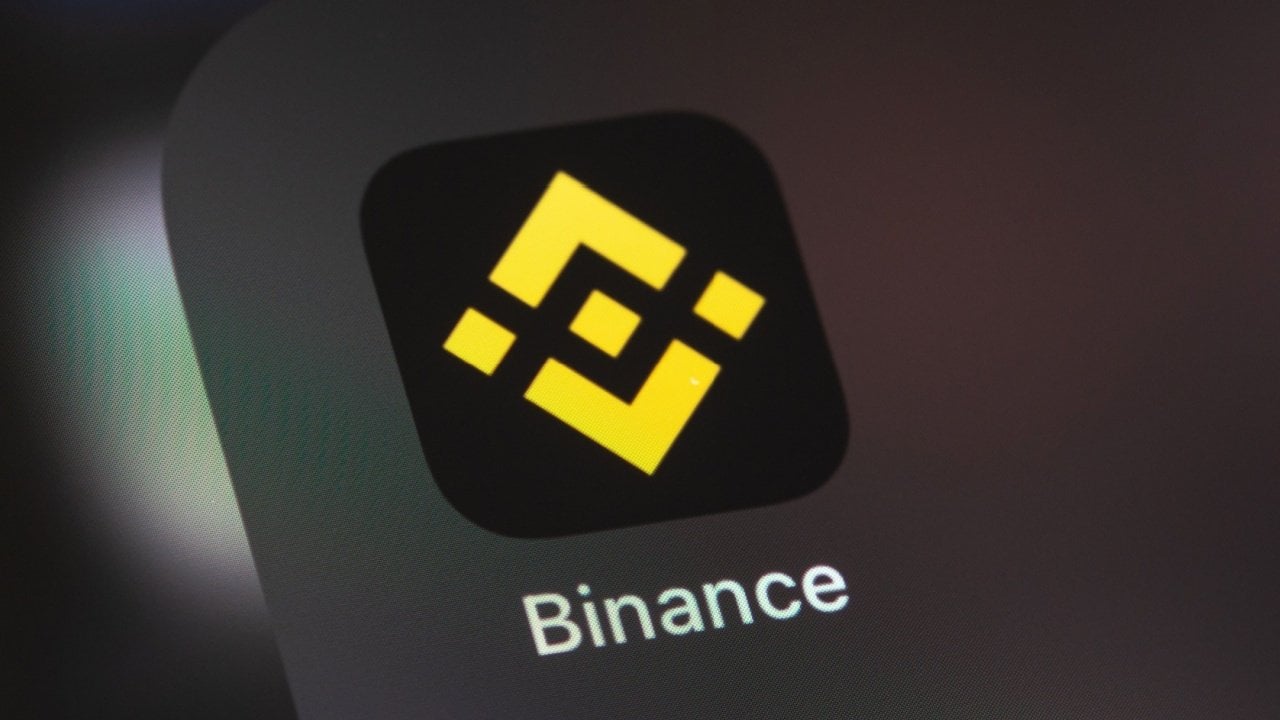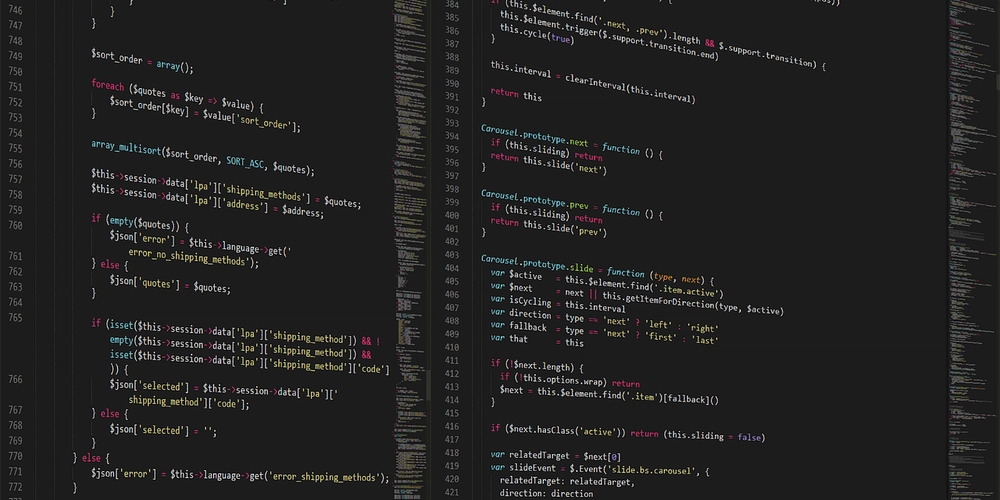AI still can’t count. I built a dataset to prove it: VisQuant
I’ve been experimenting with GPT-4V, Claude, and Gemini and realized something strange: They can describe art. Solve riddles. Explain GPTs. But ask: “How many pencils are on the table?” Or “Which object is left of the cup?” And they fall apart. So I built a benchmark to test that specifically: What is VisQuant? 100 synthetic images 40+ everyday object types Labeled object counts and spatial layout 2 reasoning Q&A pairs per image Grounded annotations in JSON and CSV Baseline tested on GPT-4V Entirely open-source What It Tests VisQuant isolates the visual intelligence primitives models often skip over: Counting Spatial relationships Left/right/stacked inference Multi-hop VQA from structured scenes Why? Because current benchmarks like VQAv2 or GQA are messy, noisy, and hide these weaknesses. VisQuant is small, clean, focused — and it exposes real gaps in model reasoning. Get It:

I’ve been experimenting with GPT-4V, Claude, and Gemini and realized something strange:
They can describe art. Solve riddles. Explain GPTs.
But ask: “How many pencils are on the table?”
Or “Which object is left of the cup?”
And they fall apart.
So I built a benchmark to test that specifically:
What is VisQuant?
- 100 synthetic images
- 40+ everyday object types
- Labeled object counts and spatial layout
- 2 reasoning Q&A pairs per image
- Grounded annotations in JSON and CSV
- Baseline tested on GPT-4V
- Entirely open-source
What It Tests
VisQuant isolates the visual intelligence primitives models often skip over:
- Counting
- Spatial relationships
- Left/right/stacked inference
- Multi-hop VQA from structured scenes
Why?
Because current benchmarks like VQAv2 or GQA are messy, noisy, and hide these weaknesses.
VisQuant is small, clean, focused — and it exposes real gaps in model reasoning.
Get It:








































































































































































![[The AI Show Episode 143]: ChatGPT Revenue Surge, New AGI Timelines, Amazon’s AI Agent, Claude for Education, Model Context Protocol & LLMs Pass the Turing Test](https://www.marketingaiinstitute.com/hubfs/ep%20143%20cover.png)



































































































































![From drop-out to software architect with Jason Lengstorf [Podcast #167]](https://cdn.hashnode.com/res/hashnode/image/upload/v1743796461357/f3d19cd7-e6f5-4d7c-8bfc-eb974bc8da68.png?#)








































































































.jpg?#)
































_ArtemisDiana_Alamy.jpg?#)


 (1).webp?#)






































































-xl.jpg)











![Yes, the Gemini icon is now bigger and brighter on Android [U]](https://i0.wp.com/9to5google.com/wp-content/uploads/sites/4/2025/02/Gemini-on-Galaxy-S25.jpg?resize=1200%2C628&quality=82&strip=all&ssl=1)










![Apple Rushes Five Planes of iPhones to US Ahead of New Tariffs [Report]](https://www.iclarified.com/images/news/96967/96967/96967-640.jpg)
![Apple Vision Pro 2 Allegedly in Production Ahead of 2025 Launch [Rumor]](https://www.iclarified.com/images/news/96965/96965/96965-640.jpg)






































































































































